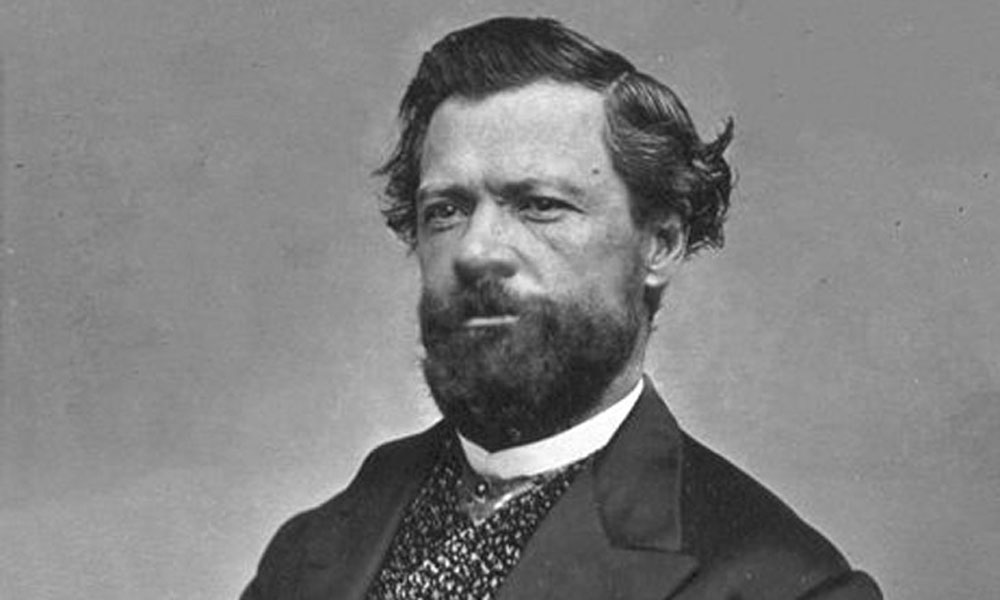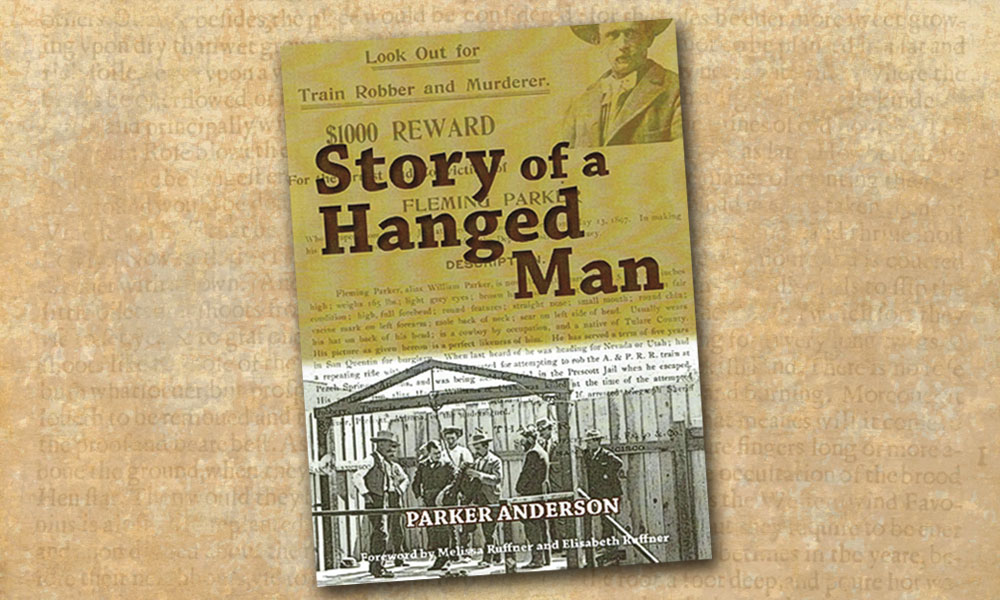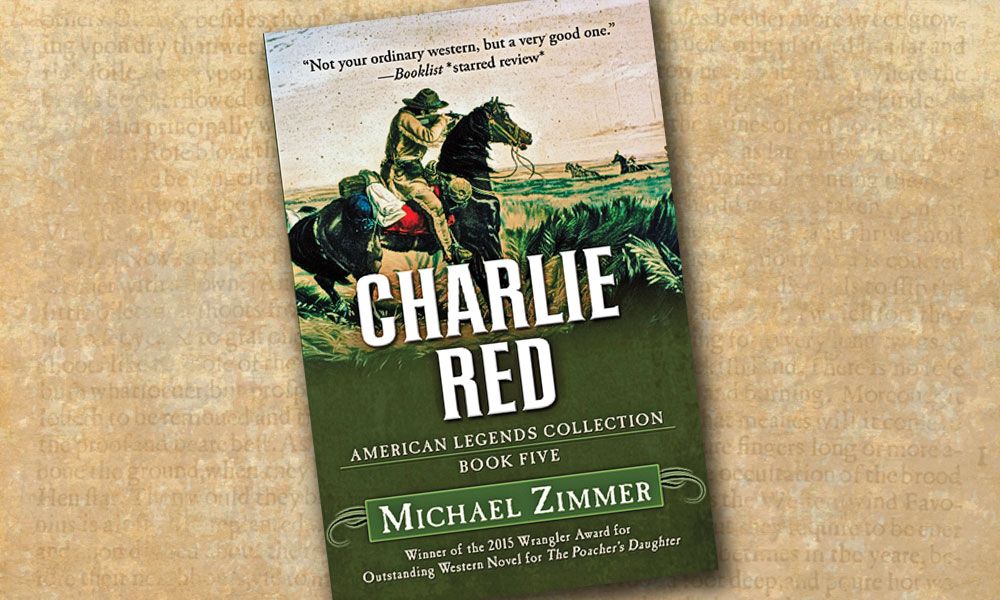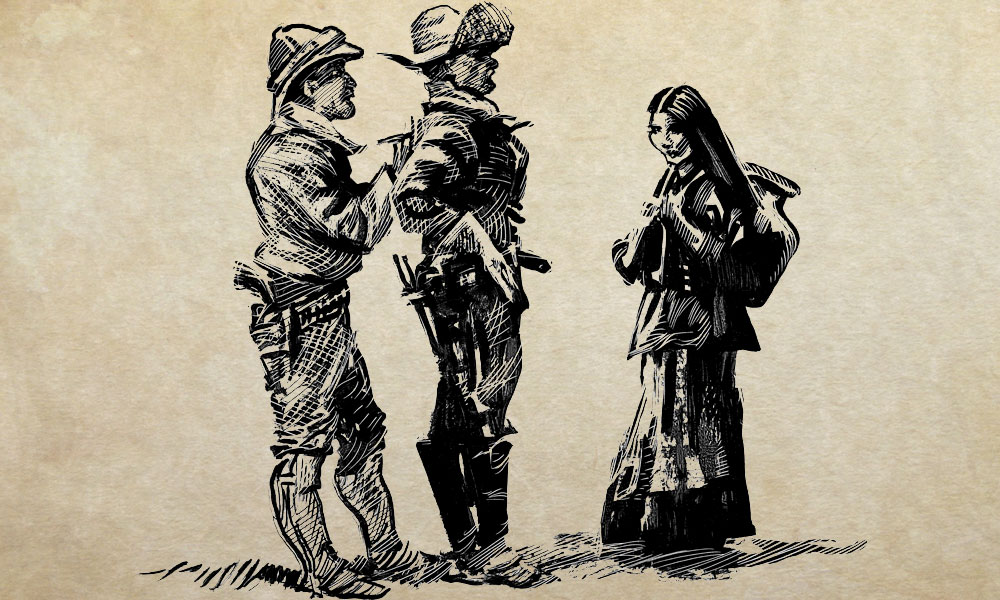
When one imagines pristine Arizona’s dry, desolate, sun-baked deserts in the 1850s it’s difficult to picture any of it as being a utopian Shangri La but for a brief period, in a beautiful green valley at the foot of the majestic Santa Rita Mountains, there was just such a place.
In his twilight years Charles Poston, recognized today as “The Father of Arizona,” wrote glowingly of it.
“We had no law but love and no occupation but labor, no government, no taxes, no public debt, no politics. It was a community in a perfect state of nature.”
In August, 1856, Poston, accompanied by a group of German miners and a brigade of rough-hewn Texas frontiersmen, described as “not afraid of the devil……armed with Sharp’s rifles, Colt revolvers and the recklessness of youth,” arrived in the small pueblo of Tucson. They were on their way to occupy the abandoned settlement of Tubac further up the Santa Cruz River and re-open some of the old mines from the Spanish Colonial Period in the area. He’d explored the mountains west of the river two years earlier and found rich deposits of silver.
The old Spanish presidio was abandoned with all the adobe buildings in disrepair. The first order of business was to get the old town up and running again. The three-story tower was restored and served as a lookout. The armory became a store house for supplies. Lumber for construction came from the nearby Santa Rita’s.
The miners found gold in the streams and silver in the mountains. The richest silver mines were in the Cerro Colorado’s where it assayed out at $950 to the ton. One mine assayed at $7,000.
The following year James “Santiago” Hubbell, a New Mexico trader, brought a wagon load of goods to Tubac and on his return trip hauled a load of rich silver that assayed at $1,500 to the ton, back up the Santa Fe Trail to Kansas City, making Americans aware of Arizona’s rich silver deposits.
The mining camp bonanza gave a boost to commerce along the entire Santa Cruz River Valley. Skilled miners were paid fifteen to twenty-five dollars a month, a tidy sum for the times. By 1857 the population in the Valley had grown to 3,500 and a military post was established at Calabasas, just north of today’s Nogales. Pack trains from Mexico brought in food staples and French wine from Guaymas. Fruits and vegetables were purchased from the nearby mission at Tumacacori.
Since the Mexicans couldn’t read English, Poston devised a cardboard currency called boletas, to pay their wages. Renderings of animals were used to indicate the value. A pig was worth twelve and a half cents; a calf, twenty five cents; rooster, fifty cents; horse, one dollar; a bull, five dollars; and a lion was worth ten dollars.
The revolutions in Mexico and the California Gold Rush had depleted the male population in northern Sonora. In some villages the ratio of women to men was twelve to one. This caused a mass exodus of unattached young women who proceeded to head for the boom town of Tubac. It also became a Gretna Green for young runaway couples who couldn’t afford the twenty-five dollar fee the priest charged them to marry.
Poston, being Tubac’s jefe and by Mexican law that made him the magistrate or the mayor (alcalde.) Poston referred to himself the “El Cadi.”
He married the young couples for free and even gave them a wedding present. He baptized their babies and if necessary, granted them divorces.
Of the women Poston wrote: “Sonora has always been famous for the beauty and gracefulness of its senoritas. They really had refining influence on the frontiersmen. Many of them had been educated at convents and they were all good Catholics…..They could cook, sew, sing and dance……”
The observant El Cadi also wrote, “They are exceeding dainty in their underclothing, wear the finest linen they can afford.”
The ladies referred to the American men as los goddamies for their propensity to use the term with so much frequency and the few American women were las camiso’s colorados due to their fondness for red petticoats.
They could give a good account of themselves in men’s games if chance, “….they were expert at cards and divested many a miner his week’s wages over a game of monte”
Alas, it was too good to last. The Archbishop in Santa Fe, Jean Baptiste Lamy dispatched Father Joseph Machebeaf to Tubac to check things out.
Shocked at this “perfect state of nature,” Machebeaf immediately declared all the marriages performed by Poston null and void. Naturally, there was much wailing and dismay in Tubac. Something had to be done to quell the unrest so the El Cadi and the padre worked out a deal, Poston would make a charitable donation to the Church and the priest would re-marry the anxious couples.
But things started to go bad in a hurry. In September, 1857 an adventurer named Henry Crabb led a group of some forty filabusteros, (land pirates) from California into Caborca, Sonora and tried to set up a little country of their own. The Mexicans retaliated and killed them all, then imposed an embargo on commerce. Now it was unsafe for Americans to cross the border.
Then, some Sonoran rancheros, in pursuit of Apache raiders crossed the border and invited Poston and his men to join them in a punitive expedition to reclaim some 300 horses and mules that had been stolen. They promised to divide equally, the animals reclaimed.
Up to then Poston had an agreement with the Apache to not interfere with their traditional raids from their strongholds in the mountains to the north through the Santa Cruz Valley into Mexico.
He refused their offer so the Mexicans headed north to the small settlement at Canoa and made the same offer. These were newcomers from Maine, who were cutting lumber up in the Santa Rita’s and were not aware of the arrangement. Unwittingly, they joined the Mexicans. They succeeded in routing the Apache and reclaiming the stolen livestock but at a high cost. A few days later the Apache swept down on Canoa, annihilated the settlers and destroyed the camp.
In late 1860 a youngster was kidnapped by a band of Apache in nearby Sonoita Creek. In early 1861, a young Army officer named George Bascom, led a force of soldiers from Fort Buchanan to Cochise’s camp at Apache Pass and falsely accused him of kidnapping the child. Cochise denied taking the lad and when the soldiers attempted to take him hostage he managed to escape. In the aftermath casualties were taken in both sides including some of Cochise’s relatives.
Up to then Cochise had been relatively friendly with the Americans but he declared a take no prisoner’s war that lasted for ten years.
The so-called Bascom Affair coincided with the outbreak of the Civil War. All the military posts in Arizona were abandoned and the settlers were left to defend for themselves.
Charles Poston’s thriving little Utopia was no more. The Apache moved in once again destroying the town, looting and killing.
He left Arizona in 1862, barely escaping with his life and headed for Washington to promote separate territorial status for the place folks were now calling Arizona. The Territory of Arizona, created from the western half of New Mexico was established on February 24th, 1863.
In 1899 the territorial legislature officially recognized Poston as the “Father of Arizona” and awarded him a small pension. He died three years later and was buried atop a lonely butte north of the town of Florence.






